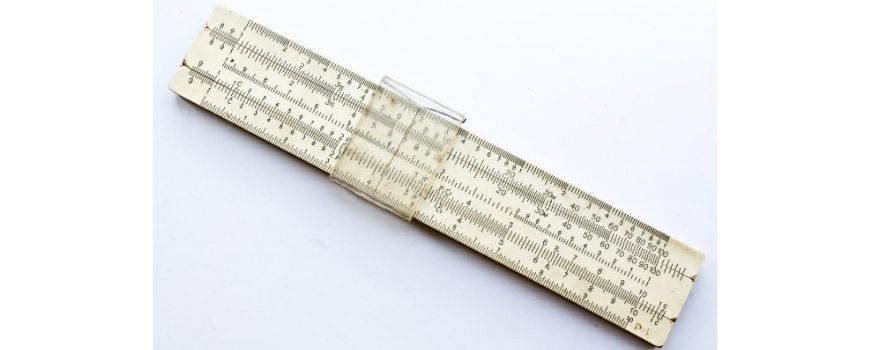Welcome to Matrix Education
To ensure we are showing you the most relevant content, please select your location below.
Select a year to see courses
Learn online or on-campus during the term or school holidays
Learn online or on-campus during the term or school holidays
Learn online or on-campus during the term or school holidays
Learn online or on-campus during the term or school holidays
Learn online or on-campus during the term or school holidays
Learn online or on-campus during the term or school holidays
Learn online or on-campus during the term or school holidays
Learn online or on-campus during the term or school holidays
Learn online or on-campus during the term or school holidays
Learn online or on-campus during the term or school holidays
Select a year to see available courses
Science guides to help you get ahead
Science guides to help you get ahead
Struggling with significant figures in Chemistry? Well, you came to the right place! Read this article to learn about all the rules you need to know.

Join 75,893 students who already have a head start.
"*" indicates required fields

Join 8000+ students each term who already have a head start on their school academic journey.
Significant figures are a central concept to reporting values in science, but one that is commonly misunderstood. In this article, we will look at the rules behind significant figures and when to apply them.
The number of significant figures of a value can be determined by the following rules:
If the value does not have a decimal point, all digits to the right of the first significant figure to the last non-zero digit are significant. Any zeros following this digit are considered trailing zeros and are not significant.
For example,
For values calculated by multiplication or division, the number of significant figures given in the answer is based on the number of significant figures of the least precise value used in the calculation.
For example,
For values calculated by addition or subtraction, the answer should contain the same number of decimal places as the least precise value used in the calculation.
For example,

The significant figure rules for logs and antilogs is a little different. A log value consists of two components: the integer component (the characteristic) and a decimal component (the mantissa).
For example, for the log value \( 1.176, \ 1 \) is the characteristic and \( 0.176 \) is the mantissa.
The number of significant figures of a log value is based on the mantissa – the characteristic of a log is not considered significant as it only provides information about the order of magnitude of the value.
For example, the log value \( 1.176 \) has \( 3 \) significant figures.
An antilog is the inverse of a log. The number of significant figures that are given for an antilog value is also based on the decimal component of the log.
Let’s illustrate these ideas with a common usage of logarithms in science: pH values.
\( pH \) describes the acidity of a solution through the following relationship:
\( pH = -log_{10} [H^{+}] \), where \( [H^{+}] \) is the concentration of hydrogen ions (the component of a solution responsible for acidity).
If we have a solution where \( [H^{+}] = 0.100 M \), the \( pH \) will be \( 1.000 \) (3 sig. figs).
If we have a solution with a \( pH \) of \( 1.00 \), the \( [H^{+}] \) will be \( 0.10 M \) (2 sig. figs).
This can help remove ambiguity for the number of significant figures of integer values ending in zeros.
For example, \( 100 \) could be a value given to \( 1, 2 \mbox{or} 3 \) significant figures. Writing \( 100 \) (3 sig figs) very clearly shows the number of significant figures of your answer.
Scientific notation can also be used to explicitly show the intended number of significant figures of a value. Returning to our example of \( 100 \) , expressing the value as \( 1.00 \times 10^{2} \) clearly shows that the value is to \( 3 \) significant figures.
Rounding values at early stages of your calculations can introduce rounding errors, and ultimately impact your final answer. To reduce the impact of rounding errors, it is a good idea to carry an additional \( 2-3 \) extra significant figures in each stage of your calculation until the final answer is given.
When multiple mathematical operations are required, the significant figure rules used are dependent on the order of operations.
For example, let’s consider the following calculation.
\begin{align}
q &= 0.062 \times 0.84 \times 10^{3} \times (80.5 – 25.5) + 0.0050 \times 0.13 \times 10^3 \times (80.5 – 25.5) \\
&= 2900.15 \ J = 2.9 \ kJ \mbox{(2 sig figs)}
\end{align}
| Mathematical operation | Rule |
| Multiplication and division | Answer contains as many significant figures as the least precise value used in the calculation |
| Addition and subtraction | Answer contains as many decimal places as the least precise value used in the calculation |
| Logs and antilogs | Answer contains as many significant figures as the decimal component of the log value (the mantissa) |
Matrix Chemistry courses are the most popular and respected in Sydney. Find out why!
Written by Matrix Science Team
The Matrix Science Team are teachers and tutors with a passion for Science, across Biology, Chemistry and Physics, and a dedication to seeing Matrix Students achieving their academic goals.© Matrix Education and www.matrix.edu.au, 2025. Unauthorised use and/or duplication of this material without express and written permission from this site’s author and/or owner is strictly prohibited. Excerpts and links may be used, provided that full and clear credit is given to Matrix Education and www.matrix.edu.au with appropriate and specific direction to the original content.